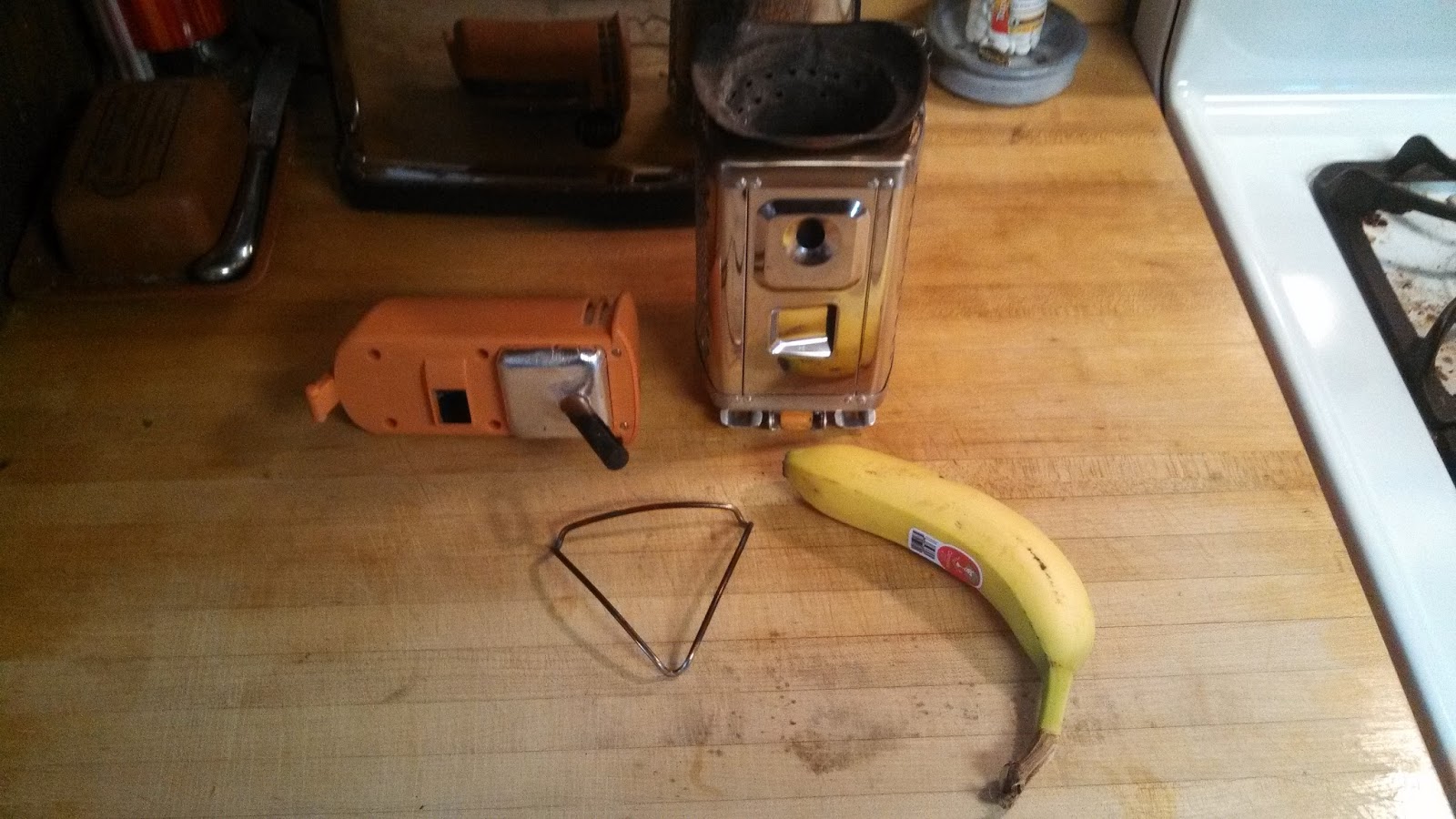Unfortunately, it does not charge things very fast or efficiently. Most of the power goes into driving the fan, not charging your phone. It is definitely a device for generating an emergency charge. It's great for getting your phone to 20-30% battery so you can make a call or send some texts. It's better than nothing. But, it is neither the best device for the job, nor the cheapest. I got blinded by the "ooh, shiny" aspect of it and did not do my homework on it. If you want to get more than a basic charge, I recommend one or more of the following steps:
(1) Charge a battery pack rather than your phone. Power packs are cheap and plentiful these days, and certainly more convenient than feeding your biolite every time your phone needs power. This has the additional bonuses of keeping your phone away from the fire source, and keeping the phone from getting ash on it.
(2) Put your phone in airplane mode or turn it off while it charges. Airplane mode is a good idea in general while you're out adventuring. Not only are most remote areas poorly served by cellular networks (thus wasting power as your phone struggles to communicate with the world) but it'll also help you disconnect from the digital world while you're out in the real world. You won't meet a bigger fan of the internet than me, but I'm okay missing a few emails while I'm out in the woods.
(3) Combine the biolite stove and battery pack with a secondary charging source. Options include BioLite's primary competitor the Power Pot and various solar and crank chargers. From the reviews I've seen, the power pot is more successful at what it aims to do, and if you have a battery pack, you could take advantage of both at once, by hooking the more depleted device to the power pot, and the less depleted device to the biolite, then use the power pot to boil your water/cook your dinner. Both devices will get charged up, off the same flame. Downside to this is that it isn't cheap.
So, not only is it second-best for charging devices (which we could forgive, it's a relatively new field) but, it's a little inconvenient. You've got to take off whatever pot/pan/kettle you're heating to feed new fuel in, and it's heavy. Well, not HEAVY by normal standards. But by hiker standards, where you're wearing every ounce of your gear, the biolite is heavy and bulky. This is why I said it's ironically named. For a product with "Lite" in the name, it sure does weigh a bunch. It's not prohibitive though, I recently watched a video interview of a "ultralight" hiker from 1991, and the biolite is positively svelte next to what used to pass for lightweight 24 years ago. If they could do it, there's no reason somebody couldn't do just fine with the biolite. And finally, if there are burn bans, you might not be allowed to use the biolite since it's basically a small contained campfire.
Bet it sounds like I'm pretty down on this stove so far huh? It's not all bad. Short of camping in the desert or way above treeline, it'd be hard to be unable to find fuel for it. When the other hikers are scouring the shelves for isopro canisters or bottles of HEET, the biolite user won't have to. Instead, they'll get to spend that time gathering small branches/twigs/tinder to start the biolite up, but that, at the very least is time spent outdoors rather than in town. The upside of it's weight is that it is built fairly sturdy. I am a demon on my gear, and the biolite does not feel fragile to me. It also burns very thoroughly, leaving little more than ash when it's done burning.
Bet it sounds like I'm pretty down on this stove so far huh? It's not all bad. Short of camping in the desert or way above treeline, it'd be hard to be unable to find fuel for it. When the other hikers are scouring the shelves for isopro canisters or bottles of HEET, the biolite user won't have to. Instead, they'll get to spend that time gathering small branches/twigs/tinder to start the biolite up, but that, at the very least is time spent outdoors rather than in town. The upside of it's weight is that it is built fairly sturdy. I am a demon on my gear, and the biolite does not feel fragile to me. It also burns very thoroughly, leaving little more than ash when it's done burning.
So, would I recommend this stove? I'd have a hard time truly endorsing it. I don't regret owning it, but I feel like each of it's strengths has a better option available, save for the "scavenge your own fuel" angle. And if you're worried about the weight/cost of propane/butane canisters, then the $130 pricetag on the BioLite is probably going to be offputting. You could get a $6 stove and 24 cannisters for the cost of the Biolite. It's not a bad device, it's just not a great one. And it's in competition against some that are.
With my Snow Peak cookset and canister stove:
Front. The USB plugs in behind the flap below the power button:
Side:
Disassembled:
Note the triangular piece by the banana. That's the pot support. You CAN cook without it. But, you shouldn't. Not if you can avoid it.
Just used in the field, at Michigan's Van Buren State Park:
Field Testing at Wisconsin's High Cliff State Park:
I had way too much fuel for it, and I had to break most of that in two:
Burning:
If I haven't scared you off yet, you can buy one from an outfitter such as REI, or on Amazon.











No comments:
Post a Comment